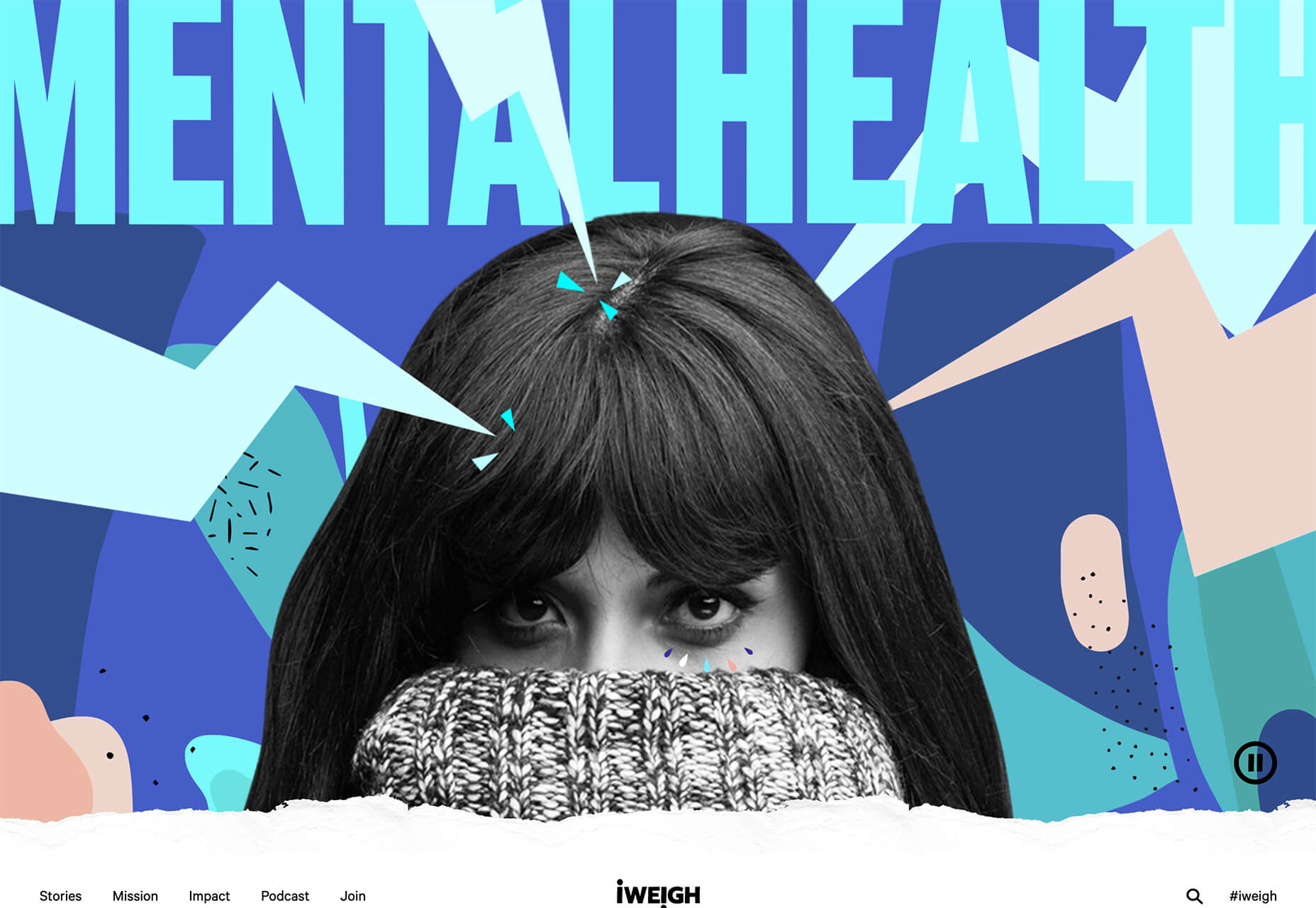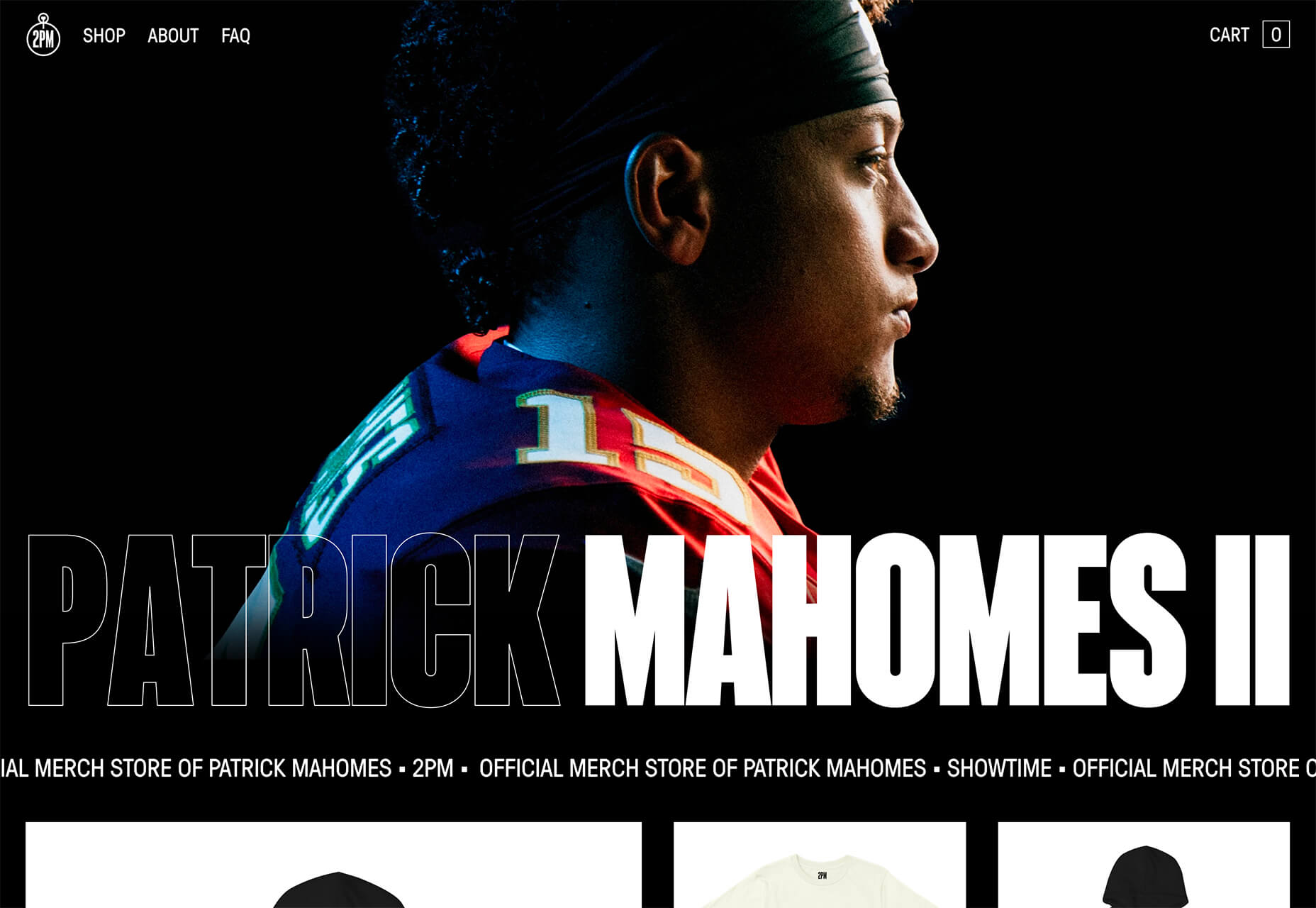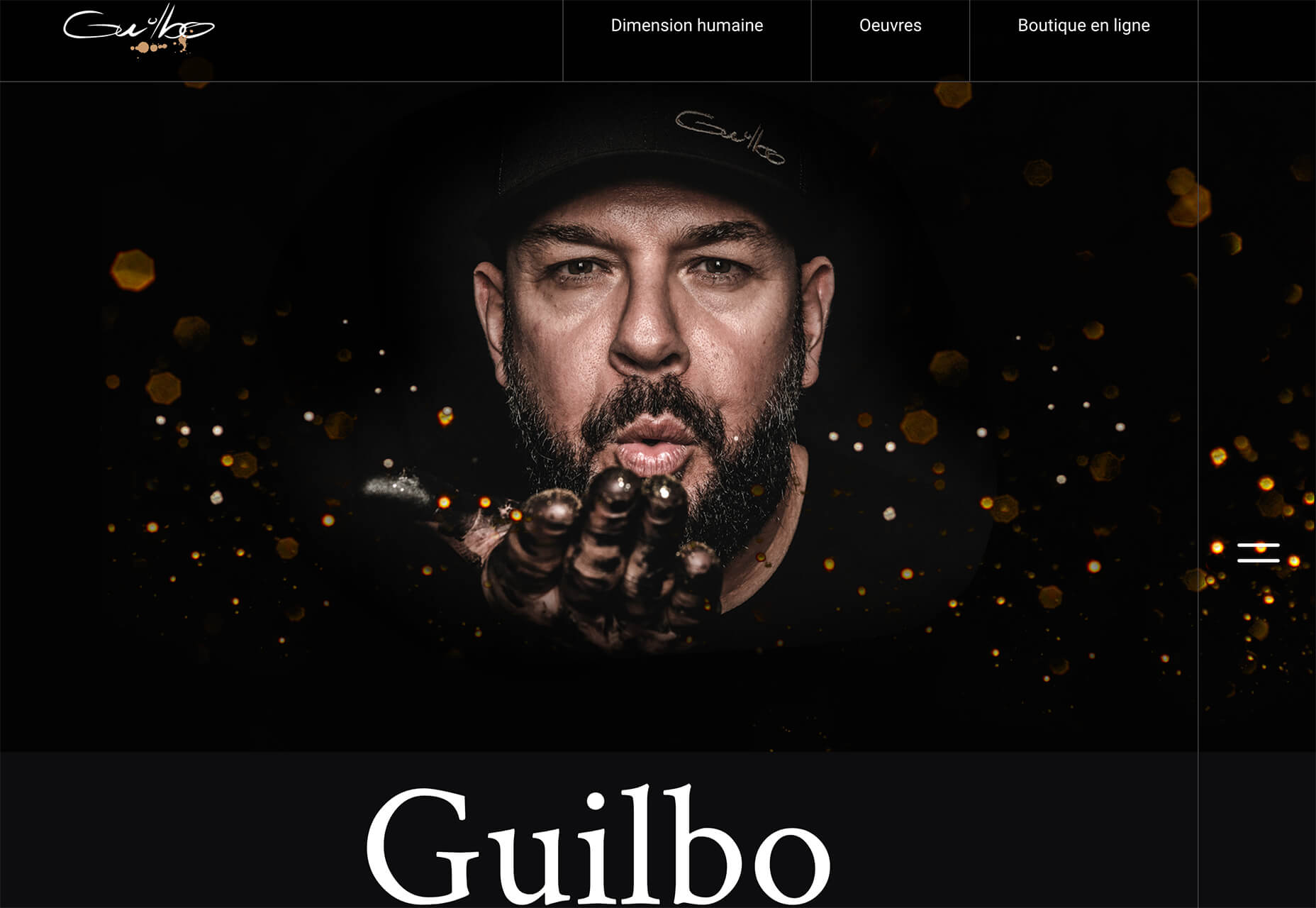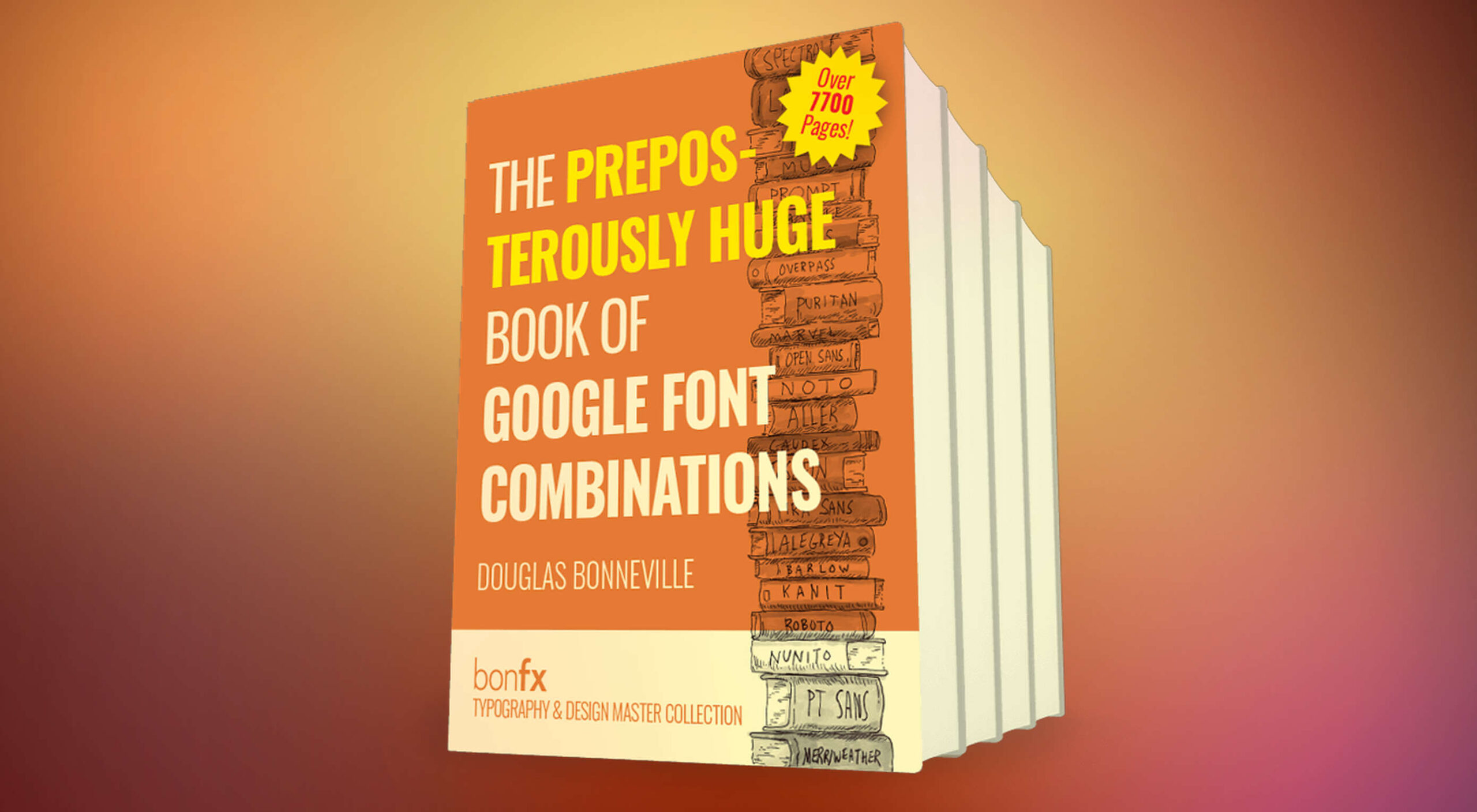 Google Fonts is one of the most useful tools designers have, with hundreds of amazing fonts provided for free. But if you just grab one of the top ten suggestions, you’re missing out on a vast wealth of typographic gems.
Google Fonts is one of the most useful tools designers have, with hundreds of amazing fonts provided for free. But if you just grab one of the top ten suggestions, you’re missing out on a vast wealth of typographic gems.
Just about every font on Google Fonts is worth trying out, but the very best designs — designs that engage, inspire, and delight — combine two or more fonts. It’s the same principle as sweet and sour; two competing tastes that are both familiar and surprising; that’s a good font combination.
But how do you pick out those flavors? How do you know what complements and what clashes? Does Inter work okay with Open Sans? Does Merriweather look good with Roboto?
Well, today we’ve got a deal for you that will answer those questions and more. Our sister site, MightDeals.com, has arranged an extraordinary discount on The Preposterously Huge Book of Google Font Combinations. To date, it’s the single largest collection of Google font combinations ever produced.
Read on to find out how the PHBGFC will save you time, update your design choices, and keep you inspired throughout 2021 and beyond…
What’s Preposterous About the PHBGFC?
The Preposterously Huge Book of Google Font Combinations is almost 8,000 pages long. If you use one of the suggested font combinations every week, it will take you 125 years to exhaust it.
We think you’ll agree that that’s a truly preposterous number of design options.
What Exactly is the PHBGFC?
When you visit Google Fonts, you see a nice clean interface, with some dropdowns. You can pick a font. And then maybe pick another. But there’s no real way of discovering, trying out or otherwise selecting font combinations.
The Preposterously Huge Book of Google Font Combinations changes that by lining up all the possible combinations in an easy-to-browse package.
Step 1: Navigate to the index at the front of the book.
Step 2: Locate a font you’re interested in, in the index.
Step 3: Click the font name to navigate to the corresponding page in the book.
Step 4: Scroll back and forth through the pages to review the possible combinations for your font.
It’s that easy!
The Preposterously Huge Book of Google Font Combinations lays out all the best Google Font combinations for you — every font included has a regular, bold, italic, and bold italic version — saving you days of hunting through the site hoping to hit upon a combination that works.
What If I Don’t Like the Suggestions?
The Preposterously Huge Book of Google Font Combinations isn’t a set of rules or guidelines; it’s a tool to help you make the best design decisions you can make in the shortest possible time.
The Preposterously Huge Book of Google Font Combinations purposefully doesn’t exclude any combinations — even ugly combinations are deliberately included — so you’re free to compare an unredacted list of font options.
Every design decision you take is yours, but instead of spending hours downloading, installing, and comparing prospective fonts, you can review a combination in seconds.
Who Should Use the PHBGFC?
The Preposterously Huge Book of Google Font Combinations is an essential purchase for anyone working with Google Fonts. It will save you time and improve your familiarity with one of the web’s best resources.
If you like fonts, then you’re going to enjoy just scrolling through the Preposterously Huge Book of Google Font Combinations. It’s a beautifully realized catalog of font options.
Whether you’re a design student, a web developer curious about design, or a seasoned design professional, The Preposterously Huge Book of Google Font Combinations won’t just save you time; it will help develop your eye for great font combinations.
Grab The Preposterously Huge Book of Google Font Combinations Today!
This incredible resource, designed to help you maximize your use of Google Fonts, will save you hours of fruitless hunting through Google’s UI.
The Preposterously Huge Book of Google Font Combinations normally sells for $69, but thanks to our sister-site MightyDeals.com, WebDesignerDepot readers can grab it for just $24! That’s a suitably preposterous 65% off the full retail price.
Head over to MightyDeals today to download your copy of The Preposterously Huge Book of Google Font Combinations and start making Google Fonts work for you.
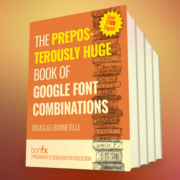
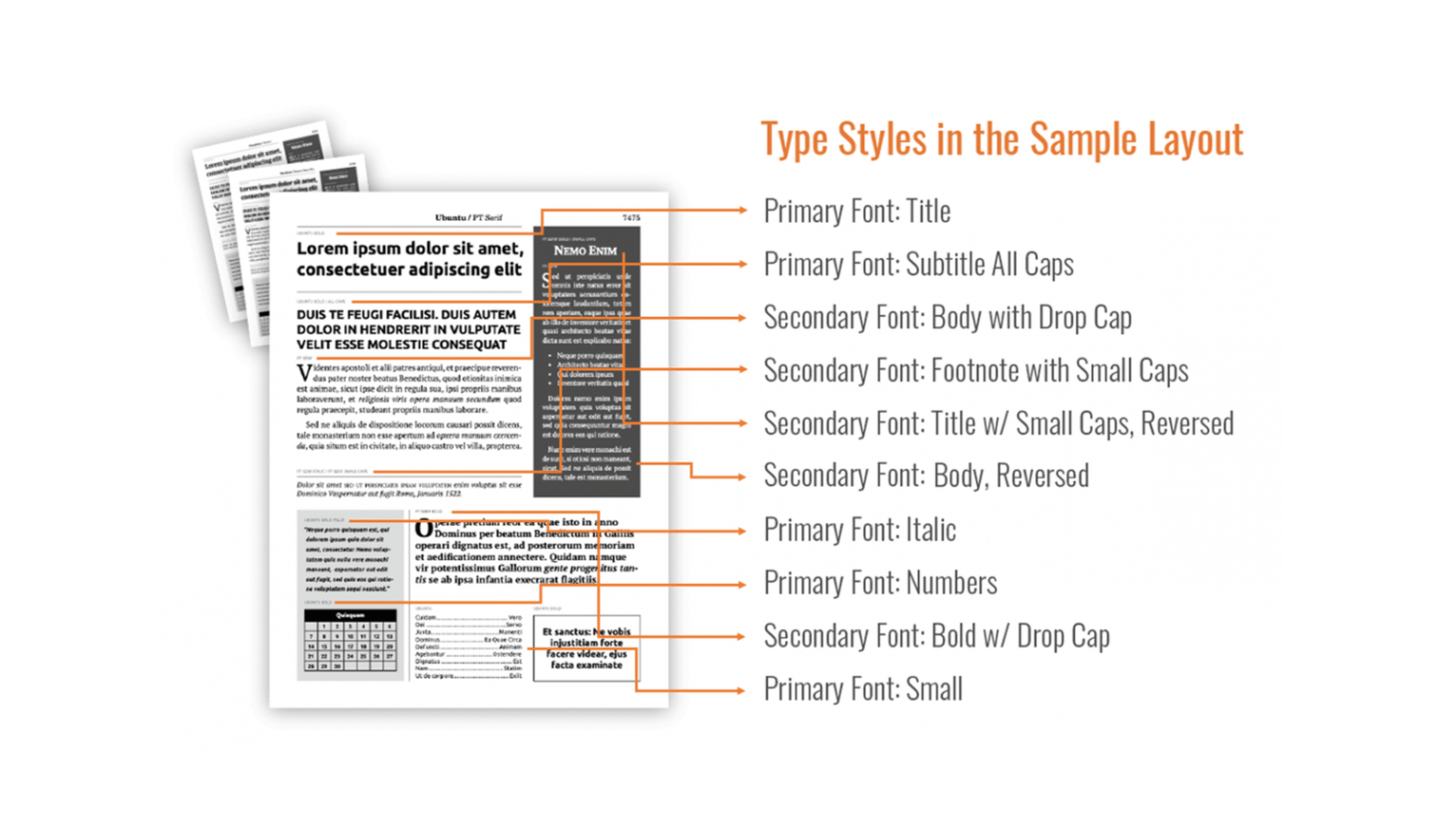
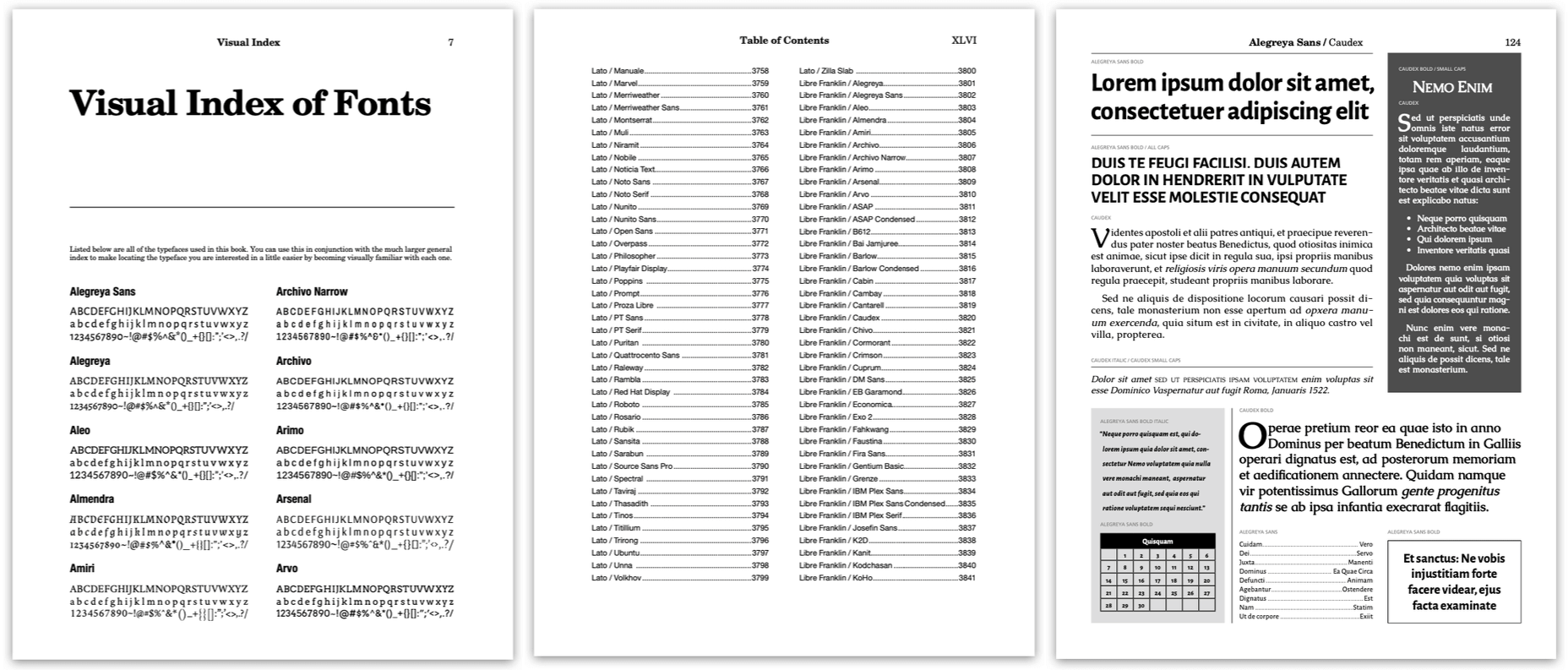

 The end of the year tends to be busy for a variety of reasons and it can limit some of the freshness we see in designs during much of the year. Regardless, there are a few trending design elements.
The end of the year tends to be busy for a variety of reasons and it can limit some of the freshness we see in designs during much of the year. Regardless, there are a few trending design elements.